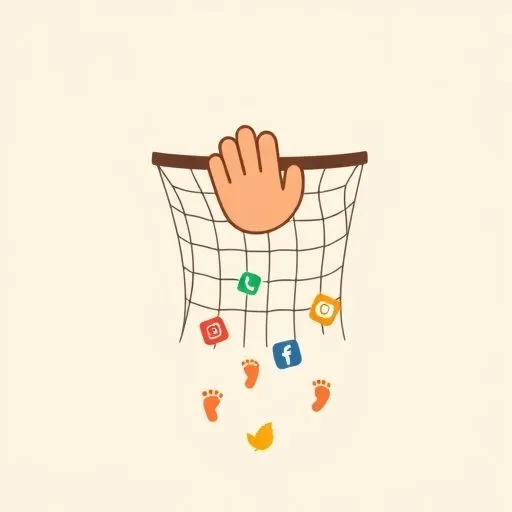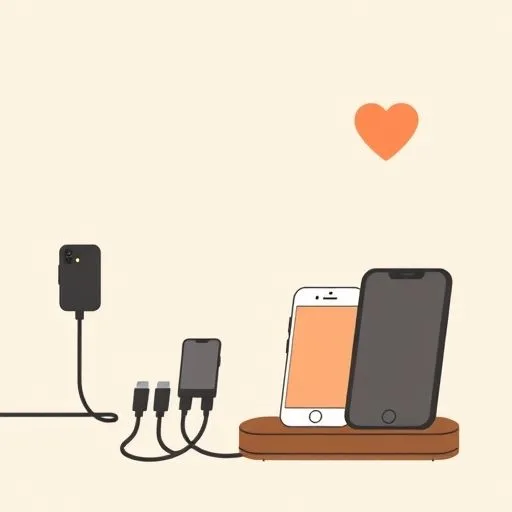
We’ve all been there, right? That moment when bedtime’s quiet except for our own thoughts about tomorrow’s screen time battles. Last week, I watched us pause mid-sentence, finger hovering over a tablet permission screen. What’s this really teaching them? How do we make this safe? we whispered to each other. You know that feeling, right? That quiet worry about keeping them safe online? That’s where our real parenting journey kicks in.
The Screen Time Tightrope

We’ve seen the way their eyes light up when they unlock a new game level—but we also notice that quiet slump when they’ve been scrolling too long. It’s not just about limiting screen time; we’re teaching them to dance between the digital and the physical world.
Remember those early days when we’d set a timer for the tablet? We’ve since figured out something deeper: When they’re building a fort right after they’ve been playing an app, we’re winning. That bridge between digital inspiration and real-world creation? That’s where the real magic happens. Honestly, some days we nail it, other days… well, we’re all learning!
Safety Nets, Not Just Firewalls

There’s that moment when we hand them the tablet, our thumb hovering over the ‘accept’ button for the app permissions. ‘We’re partners in this,’ we often say, ‘and we’ll read the small print together.’ That safety net? It’s not just parental controls—though that playlist of safe apps we’ve created? It’s gold.
We’ve learned to play the same games they do, so we can explain why that ‘free’ game asks for contacts. We show them, gently, how their digital footprints are like glitter on the internet—it sticks around, even when you want it to vanish.
The Quiet Power of Modeled Behavior

We’ve noticed how our kids pick up our habits—the way we unconsciously check our phones during dinner. That’s why we’ve started making a game of our device-free zones. ‘When the oven timer goes off?’ we said to the kids last week, ‘phones go to the charging station—like a family reunion for our devices.’
We’re not perfect, but we’ve learned to be intentional. That evening when we silently watched the sunset together? Our phones were in the living room, but the memory of each other’s faces? That’s the digital footprint we want to leave.
When Tech Becomes the Bridge

There’s this beautiful moment when we’re learning a new game from them. ‘I’m slow, but teach me,’ we’ll say, and that role reversal—that’s where trust happens. Suddenly, we’re not just judges—we’re teammates in their digital world.
We’ve found apps that draw us together—like cooking recipes that we all try to tackle, and that shared digital hiking map we use to plan our weekend walks. The screens aren’t going away—but we can choose how to weave them into our lives like threads.
The Rhythm of Real Connection

We’ve all felt that tension—the pull between the glowing screen and a child’s waiting eyes. I’ve learned from us: It’s not about banning all screens, but about creating a rhythm where they feel seen. When we’re present, we’re really present—phone down, eyes up. That’s our secret sauce.
We’ve noticed that our kids’ bedtime stories are shorter when we’ve had a tech-heavy day, and longer when we’re offline. We still have a long way to go—but we’re learning to dance with the digital world, not just defend against it.
So let’s keep dancing with the digital world—because our kids? They’re worth every mindful step.
Source: AI Coding Boom Brings Faster Releases—and Bigger Security Risks, Forbes, 2025-09-23
